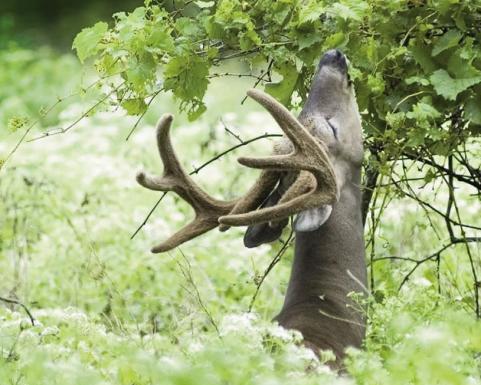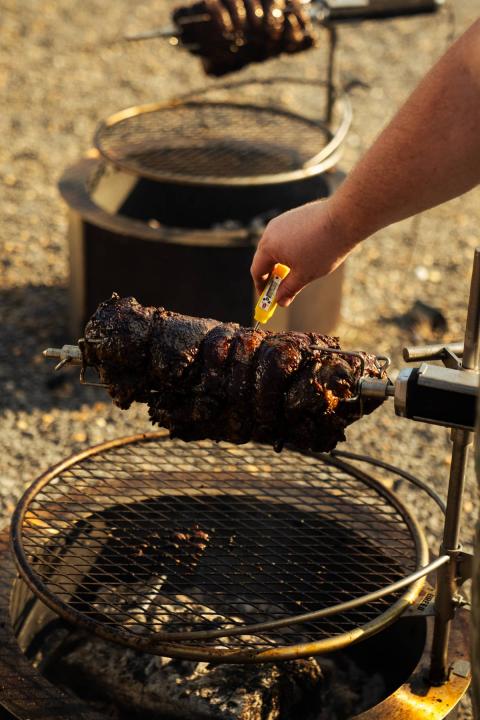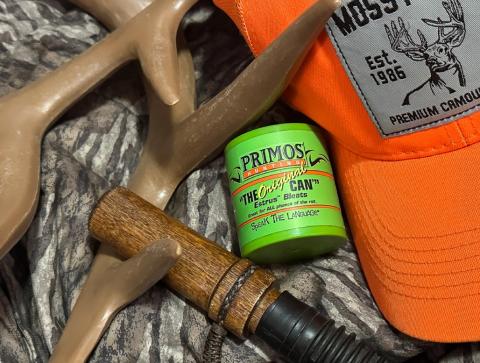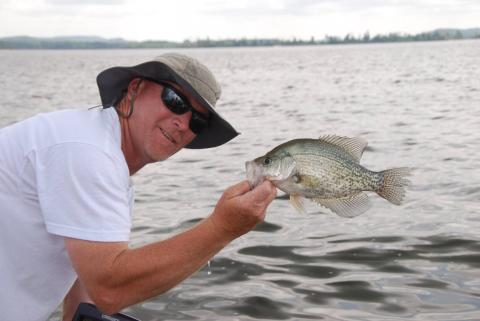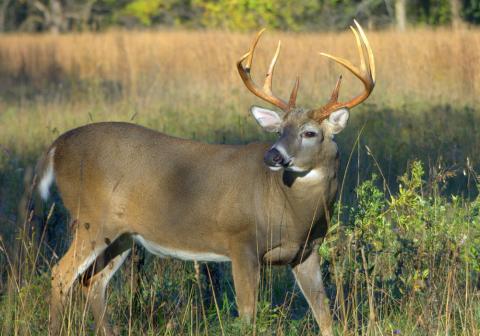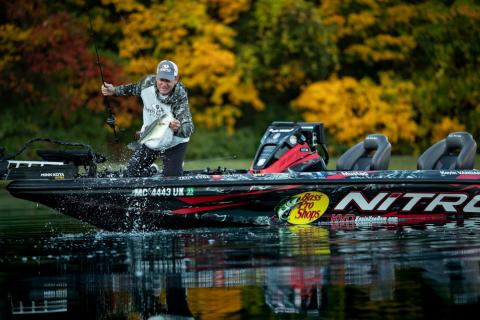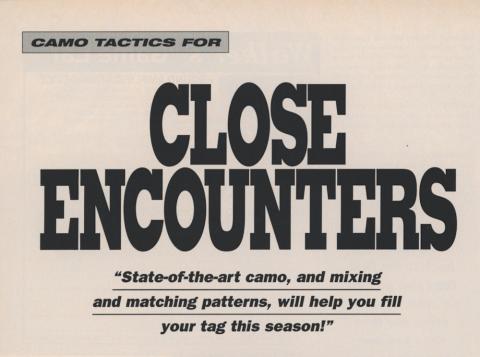Greg Kazmierski
As the hunting season winds down, many hunters find themselves chasing after late-season bucks—those elusive, mature bucks that seem to show up only when the conditions are just right. If you’ve spent the last few months hunting early-season deer and focusing on the rut, late-season whitetail hunting might feel like a whole new ball game. However, understanding a few key patterns can give you an edge in the late season, setting you up for success when the pressure is on and the daylight hours are short.
While late-season deer hunting is often thought of as a time for survival, with deer focusing on food sources to build back body weight, there’s more to the late-season buck pattern than simply finding a food plot and waiting for dusk. To increase your chances of success, here are three critical things to know about late-season buck patterns that will help you find mature bucks and improve your hunting efforts as the season nears its end.
Late Season Bucks Are Creatures of Habit

Photography by Tes Jolly
By the time December rolls around, bucks have settled into their late-season patterns, which are often dictated by a mix of survival instincts and consistent habits. During the rut, mature bucks are more unpredictable, often on the move and reacting to the presence of hot does. But once the rut winds down, those same bucks start to focus on conserving energy and replenishing the calories they lost during the hectic weeks of chasing.
This is where understanding their late-season deer patterns becomes vital. Late-season bucks often return to a predictable routine. Most deer, including mature bucks, will start to pattern their movement around key food sources, especially if those sources are reliable and consistent. While bucks during the rut may roam widely in search of does, once the hunting pressure settles down and the weather shifts, these late-season bucks are creatures of habit. They’ll head to the same places day after day. Whether that’s a food plot, a cornfield, or a creek bottom lined with green food sources, they’ll repeat their patterns, which means that when you find them, they’ll be in the same areas day after day.
Knowing their movement and understanding their consistent routes gives hunters an advantage. Using trail cameras to monitor late-season bucks in these areas can be incredibly helpful for confirming their movements and pinpointing when those mature bucks are in the vicinity.
Thick Cover Is a Buck's Best Friend

In the late season, it’s not just the food that late-season bucks are after—they’re also looking for places to stay out of sight and conserve energy. Cold weather can make bucks more vulnerable, especially when it comes to hunting pressure. Bucks know that in late season, hunters are out there, and many mature bucks will seek out the thickest cover available to stay hidden from rifle hunters and bowhunters alike. These areas provide a safe zone for bucks to retreat to and relax during the daylight hours.
Bedding areas near thick cover, such as dense cedars, tall grass, or even standing corn, are prime locations for late-season bucks to bed down. They’ll feel secure here and only venture out to feed during the most favorable times—typically in the early morning or late evening hours. These areas often become even more valuable in hunting late-season whitetails, especially in places where hunting pressure has been high in previous weeks.
As a hunter, you want to focus your efforts on these thick cover areas and nearby travel corridors. These spots are likely to hold late-season bucks, especially if you can find bedding areas in close proximity to feeding areas like food plots or corn fields. Look for areas where the cover is thick and offers concealment while also providing easy access to these food sources. And don’t forget to be strategic about your entry and exit—getting too close to the bedding area can blow your chances, so it’s essential to keep a good distance and hunt from the outskirts.
Major Weather Events Are Key to Daylight Movement
Cold weather is a huge factor in late-season deer movement. When the temperature drops and snow starts to pile up, bucks know they need to feed more regularly to maintain their body weight and prepare for winter. However, they’re also more cautious about moving in daylight hours, especially when hunting pressure is high.
A major weather event—like fresh snow or a bitter cold front—can significantly impact the movement of late-season bucks. Deer have a natural tendency to move more frequently when snow covers the ground because they can track food more easily, and the movement of other deer becomes more noticeable. Fresh snow also helps them locate deer trails and travel corridors, which makes these spots a prime focus for hunters. Bucks know they need to get out and feed during these conditions, and if you time your hunts right, you can capitalize on this behavior.
Major snowstorms can also push deer out of the thick cover and onto open fields to feed. When deep snow covers the ground, deer often seek out areas with less snow accumulation, like the edge of a field or creek bottoms. These spots provide a better opportunity to find food, and bucks will follow these patterns. A heavy snowstorm followed by clear skies often results in an uptick in movement during the day, giving hunters an excellent opportunity to find deer moving early in the day before the sun sets.
For late-season hunting success, keep an eye on the weather. Major weather events like snow and cold fronts are when you’ll see the most deer movement during daylight hours, especially if you have trail cameras that are capturing action in these areas. If you can plan your hunts around these weather shifts, your chances of encountering mature bucks in these target areas will improve.
Read More: Late Season Hunting in December and January

















